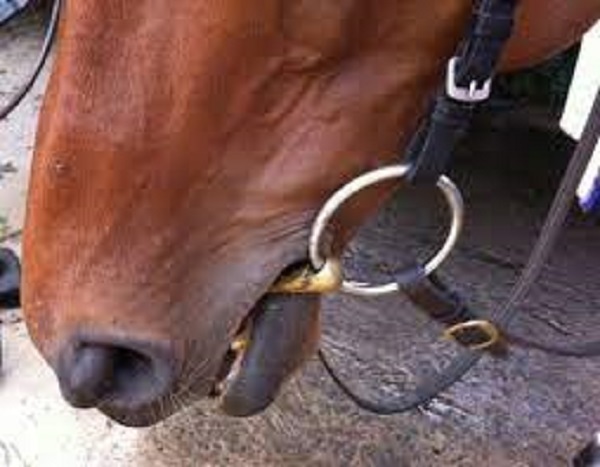
Choosing the right bit for your horse is crucial for maintaining their comfort and promoting effective communication between rider and equine. A poorly fitting bit can cause discomfort, pain, and even behavioral issues in horses. In this article, we will explore the signs that indicate a bit may not be fitting properly in your horse’s mouth. By understanding these signs, you can make informed decisions and ensure your horse’s well-being during riding sessions.
Behavioral Changes
One of the most evident indicators of an ill-fitting bit is a change in your horse’s behavior. Watch out for the following signs:
Resistance and Discomfort
If your horse displays signs of resistance, such as head-tossing, tail-swishing, or shaking their head vigorously, it may be a response to discomfort caused by the bit.
Excessive Salivation
While some salivation is normal during riding, an excessive amount of frothy saliva or a dry mouth can indicate that the bit is causing discomfort or irritation.
Mouth Opening
If your horse persistently opens their mouth or tries to evade bit contact by crossing their jaw, it may be a sign that the bit is causing discomfort or pain.
Physical Signs
Carefully examine your horse’s mouth and observe their physical reactions to assess whether the bit fits properly:
Pinched Corners of the Mouth
If the bit is too narrow, it can pinch the corners of the horse’s mouth, leading to discomfort, soreness, and even wounds.
Tongue Pressure
An improperly fitting bit may put excessive pressure on the horse’s tongue, causing discomfort, difficulty swallowing, or even making them stick their tongue out to alleviate the pressure.
Sores or Rub Marks
Check for any sores, rub marks, or white patches on the inside of the horse’s lips, tongue, or bars, as these can be signs of irritation caused by an ill-fitting bit.
It is important to remember that every horse is unique, and finding the right bit may require some trial and error. Seeking professional guidance from an experienced trainer or equine dentist can provide valuable insights into selecting the correct bit for your horse.
Conclusion
Recognizing the signs of an ill-fitting bit is crucial to ensuring your horse’s comfort and promoting effective communication during riding. Behavioral changes, such as resistance, excessive salivation, or mouth opening, can indicate discomfort caused by the bit. Additionally, physical signs like pinched corners of the mouth, tongue pressure, and sores/rub marks should be carefully assessed. Remember that each horse is unique, and finding the right bit may require experimentation and professional guidance. By prioritizing your horse’s well-being and paying attention to their responses, you can establish a trusting and comfortable connection between you and your equine companion.
Creatures Corner Fun Facts
Horses are related to the rhinoceros.
The oldest horse on record was named Old Billy and lived to be 62 years old.
A newborn foal’s legs are already 90% of the length they will be when full grown.
A foal can stand just one hour after birth.
Related Articles & Free Email Newsletter Sign Up
A Guide to Proper Nutrition for Miniature Horses
Natural Hoof Care for Horses: A Holistic Approach to Equine Well-Being
The Majestic Shire Horse: A Stalwart of History and a Symbol of Strength in Modern Society


Comment here